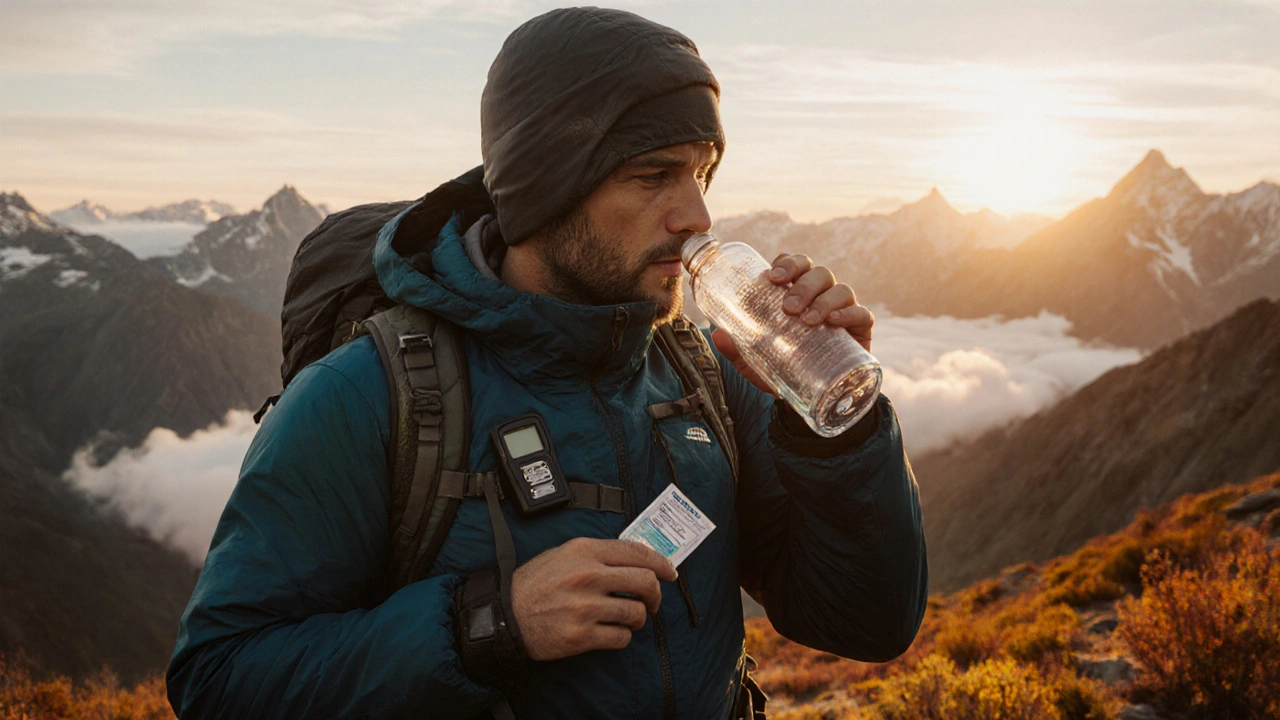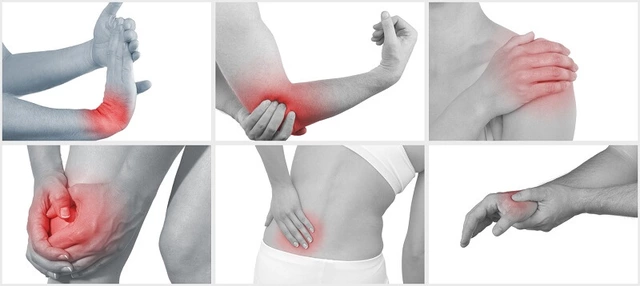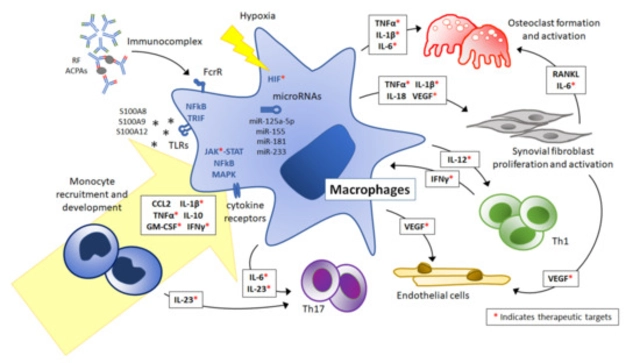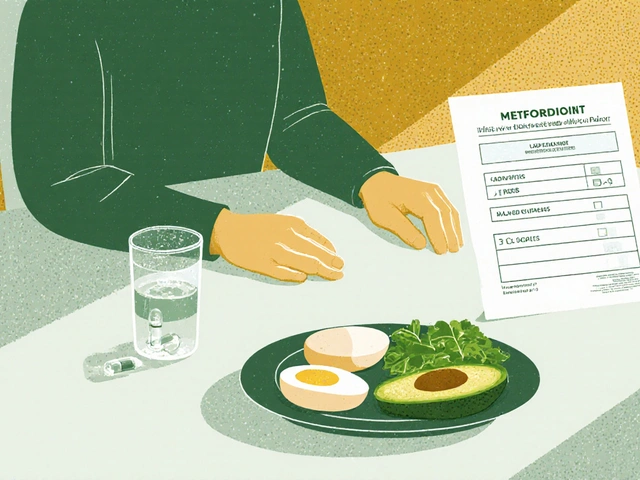Mountain Sickness Treatment: Your Complete Guide
When dealing with Mountain Sickness Treatment, the set of actions and medicines used to prevent or relieve the symptoms that occur when the body cannot adjust to high altitude. Also called altitude illness therapy, it combines drugs, breathing techniques, and gradual exposure. One of the first things to understand is Altitude Sickness, the collection of symptoms like headache, nausea, and dizziness that arise from reduced oxygen pressure at elevation. How severe the altitude sickness is shapes which treatment route you’ll take. A core strategy is Acclimatization, the process of slowly increasing exposure to higher elevations to let the body adapt its blood‑oxygen carrying capacity. When you ascend too fast, the body’s response is limited and medication becomes necessary. The most common prescription is Acetazolamide, a carbonic anhydrase inhibitor that stimulates breathing and speeds up the acclimatization process, often paired with low‑dose Dexamethasone, a steroid that reduces brain swelling caused by hypoxia. If you need immediate relief, supplemental Oxygen Therapy, delivering concentrated oxygen through a mask or portable canister, can quickly raise blood‑oxygen levels and buy time for the body to adapt. These elements together form a practical framework: the condition influences the choice of drug, the drug supports acclimatization, and oxygen therapy bridges the gap when the body lags behind.
Putting It All Together: When to Use Each Tool
Think of mountain sickness treatment as a toolbox. Medication like acetazolamide works best if you plan a rapid ascent or have a history of altitude intolerance. Acclimatization is the foundation; a step‑up schedule of 300‑500 meters per day with rest days lets the kidneys produce more red blood cells, reducing the need for drugs. Oxygen therapy is the emergency brake—use it if you experience severe headaches, confusion, or loss of coordination, signs that the brain isn’t getting enough oxygen. Another supportive measure is maintaining proper hydration; dehydration worsens hypoxia symptoms and can increase the risk of pulmonary edema. Nutrition matters, too—carbohydrate‑rich meals provide quicker energy for breathing muscles. Finally, keep an eye on Hypoxia, the state of low oxygen saturation in the bloodstream that drives most altitude‑related problems. Monitoring devices like pulse oximeters let you catch dangerous drops before they turn into serious illness.
All these pieces—drugs, breathing strategies, gradual exposure, and real‑time monitoring—interact to keep you safe on the trail. Below you’ll find articles that dive deeper into each component, from the science behind acetazolamide to step‑by‑step acclimatization plans and the latest portable oxygen solutions. Whether you’re gearing up for a weekend hike or a multi‑day expedition, the collection gives you concrete advice you can apply right away, helping you choose the right treatment approach for your altitude adventure.

- Sep 29, 2025
- Posted by Cillian Osterfield
Altitude Sickness and Nausea: Proven Prevention & Treatment Tips
Learn how to stop nausea caused by altitude sickness, with proven prevention steps, medication guides, and emergency treatment tips for safe high‑altitude travel.
Categories
- Health and Wellness (60)
- Medications (44)
- Health and Medicine (22)
- Pharmacy Services (11)
- Mental Health (5)
- Health and Career (2)
- Medical Research (2)
- Business and Finance (2)
- Health Information (2)
Latest Posts
©2025 heydoctor.su. All rights reserved





